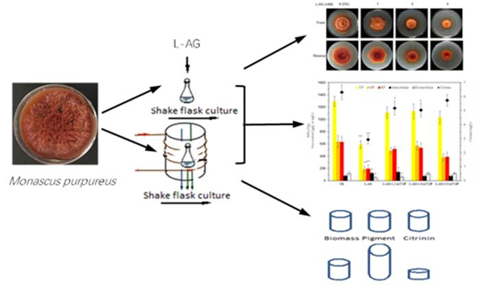Monascus spp. can synthesize various beneficial metabolites, including Monascus pigments (MPs), monacolin K, and gamma aminobutyric acid — strains which serve as the production organisms for the traditional fermented product known as red yeast rice with valuable in promoting a healthy life.

However, the fermentation process of M. purpureus is accompanied by the production of citrinin, a compound characterized by nephrotoxicity. Therefore, controlling citrinin production is critical to ensuring the safety of M. purpureus fermented products.
In a study published in the KeAi journal Food Physics, a research team from China reported magnetic fields intensities that could improve MPs yield while inhibiting citrinin production without adversely affecting M. purpureus growth.
The treatments combining MFs and L-allylglycine (L-AG) as a suicide inhibitor to interfere with the iron metabolism pathway could alleviate intracellular iron accumulation, promote iron excretion, and counteract the inhibitory effects of L-AG on MPs and citrinin synthesis. These findings further confirmed that magnetic fields regulate the synthesis of MPs and citrinin by modulating the intracellular and extracellular iron content.
“We hope that our results would encourage our peers in the field to continue investigating the use of MFs to increase microbial secondary metabolites and to inhibit harmful metabolites production in food fermentation industry applications,” says corresponding Mengxiang Gao.







No comments yet